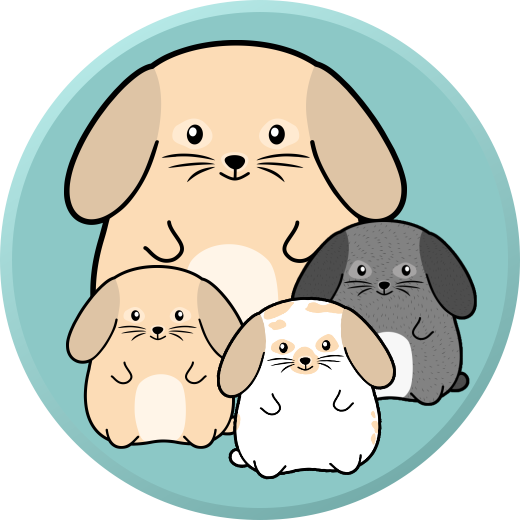Tips for Bonding Rabbits12/4/2018
Should I Spay or Neuter my Bunny?10/17/2018 In a nutshell, yes. While the risks that come with any rabbit surgery are very real, the numerous benefits of spaying and neutering bunnies are even more immense and worth considering before making any decisions.
When the weather changes from mild to hot and you break out the shorts and flip flops, your bunny will undoubtedly be shedding his/her winter fur coat. When a bunny sheds, it's called molting. Bunnies typically molt about twice a year, though one molt may be barely noticeable and the second look like a blizzard of fur. Baby bunnies have three molts their first year since they also have a baby coat to shed, but again, some of these molts will likely be mild. Removing the Loose Fur
Are Bunnies Good Pets for Children?7/10/2017
|
♥ Welcome! ♥ Hook's Hollands is a small hobby rabbitry on our Ohio farm and is operated by me (Diane) with the help of my family. All of my bunnies are pampered pets whom I adore. This blog serves to spotlight various bunny care topics and share a bit about my 365-days-a-year-with-no-vacations experiences raising bunnies. Categories
All
Archives
February 2021
|



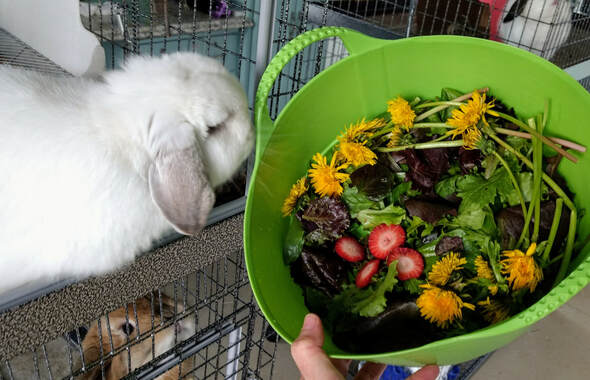

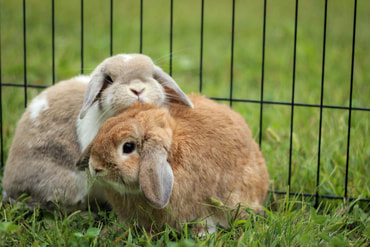
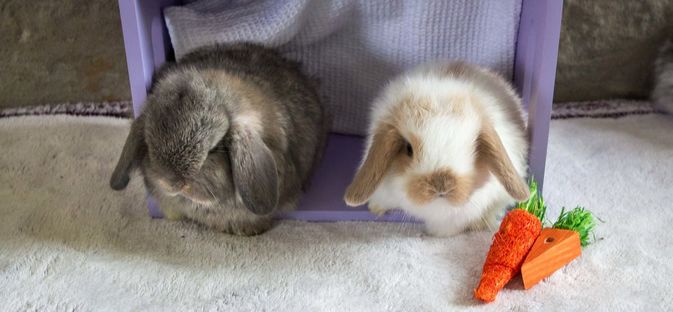
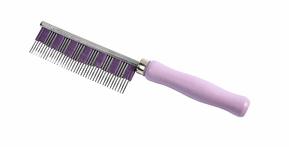
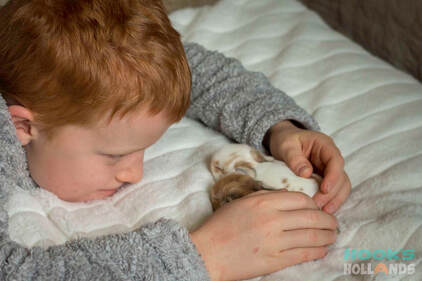
 RSS Feed
RSS Feed

